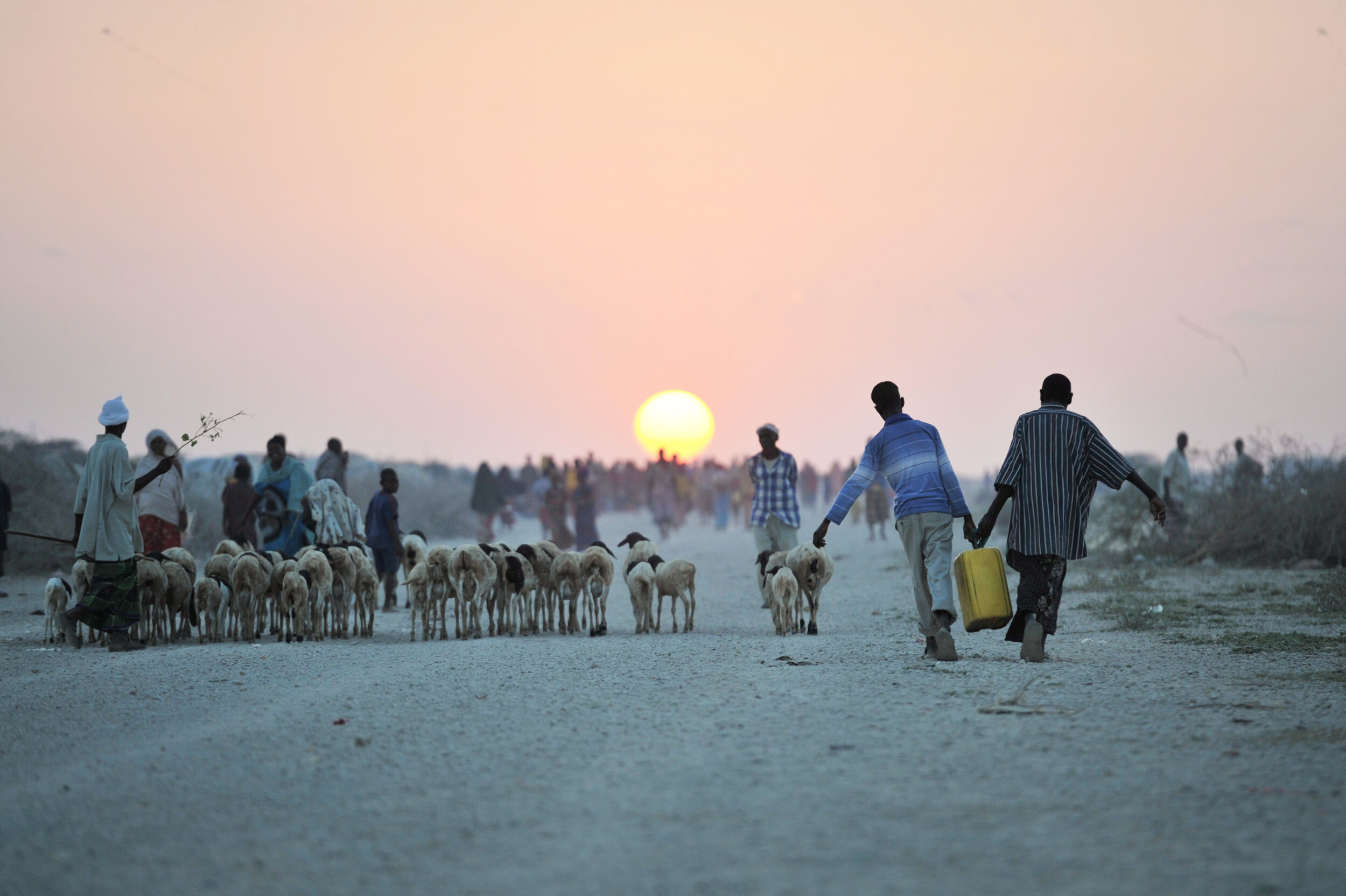As COVID-19 exacerbates the discrimination and abuse that domestic workers in Hong Kong face on a daily basis, activists vigorously fight for their rights
Domestic workers take to the streets. International Domestic Workers Federation. CC BY-NC-ND 2.0.
Erwiana Sulistyaningsih knocked on her neighbor’s door at 2 a.m. She needed food. She was a domestic worker, or “helper,” in Hong Kong for Law Wan-tung, who rarely fed her. By Hong Kong law, helpers are required to live with their employers, so such abuse is not unheard of. Nor was forced starvation the full extent of this abuse. Law once shoved a metal vacuum cleaner tube into Sulistyaningsih’s mouth, causing her lip to bleed. Law even forced her to stand naked in the shower in the middle of the winter while she splashed water on her. That night at 2 a.m., her neighbors saw the result of months worth of abuse.
Long a marginalized group, helpers fuel the economic engine of Hong Kong, completing domestic work so their employers can dedicate time to their careers, often in the lucrative financial sector. They shop, do laundry, help children with homework, cook meals, clean living spaces and do anything else their employers wish. While helpers are employed by both the middle and upper class and have a widespread presence in Hong Kong, they rarely have a voice in public policy debates. Because most helpers are migrants and ethnic minorities, they often endure discrimination and abuse because of their race and social class.
A woman protesting helper abuse. International Domestic Workers Federation. CC BY-NC-ND 2.0.
Helpers suffer in an economic system that leaves almost no space to be human. Minimum wage for helpers is $596 a month. Having employers provide food and housing is intended to compensate for this low pay, but the real consequence of living with their employers is that helpers are effectively on-call all day, every day. Although helpers are required to be given one full day off each week, many are made to work anyway to satisfy their employers. Hong Kong law requires employers to provide helpers with “suitable accommodation” and “reasonable privacy,” but many helpers are forced to sleep on cots behind thin, cloth partitions. Some sleep on the floor.
A demonstration for helpers’ rights. International Domestic Workers Federation. CC BY-NC-ND 2.0.
COVID-19 further exacerbated the discimination which they face daily. In late April, the government ordered all 370,000 domestic workers in Hong Kong to take COVID-19 tests or get a vaccine, deeming them “high risk” due to their “mingling” with other migrant workers. However, they rescinded the vaccination requirement after public outcry in May, yet the testing requirement remained. This order prompted accusations of discrimination because it did not apply to migrant workers in white-collar positions or those who employ helpers. In fact, infection rates among helpers are lower than the Hong Kong average. Still, police and passers-by regularly harass people they suspect are helpers for not following COVID-19 guidelines, even if they are.
In particular, the live-in law has caused concern among activists campaigning for the rights of domestic workers in Hong Kong. In 2020, 17% of helpers reported being physically abused, a 2% increase from 2019. Cases of rape and sexual abuse increased to 6%. An astonishing 98% of helpers say they have worked longer hours during the pandemic. This is only the continuation of a trend. A 2016 study found that one in six helpers experienced forced labor at some point in their careers.
Demonstrators hold a flag from the Federation of Asian Domestic Workers Unions. International Domestic Workers Federation. CC BY-NC-ND 2.0.
Erwiana Sulistyaningsih was only one of thousands to experience abuse as a helper. When she became so injured that she could no longer work, Law attempted to sneak her onto a plane to Indonesia, hiding her bruises with makeup and threatening to hurt her family if they were caught—they were. Law enforcement intercepted Law before she could do any more harm, and a Hong Kong court sentenced her to six years in prison. It was a major victory, not just for Sulistyaningsih but for all 370,000 helpers working in Hong Kong.
One positive trend for helpers’ rights has been a more focused public spotlight on their situation, led by a dedicated group of activists documenting and addressing helpers’ concerns. Sulistyaningsih made Time Magazine’s 100 Most Powerful People in 2014 for telling the story of her abuse. Her case serves as a reminder of the abuse that continues to befall helpers, and of how far away justice remains. Law Wan-tung got out of prison early in 2018, but for Sulistyaningsih and countless other domestic workers, physical and mental scars still persist.
Michael McCarthy
Michael is an undergraduate student at Haverford College, dodging the pandemic by taking a gap year. He writes in a variety of genres, and his time in high school debate renders political writing an inevitable fascination. Writing at Catalyst and the Bi-Co News, a student-run newspaper, provides an outlet for this passion. In the future, he intends to keep writing in mediums both informative and creative.









